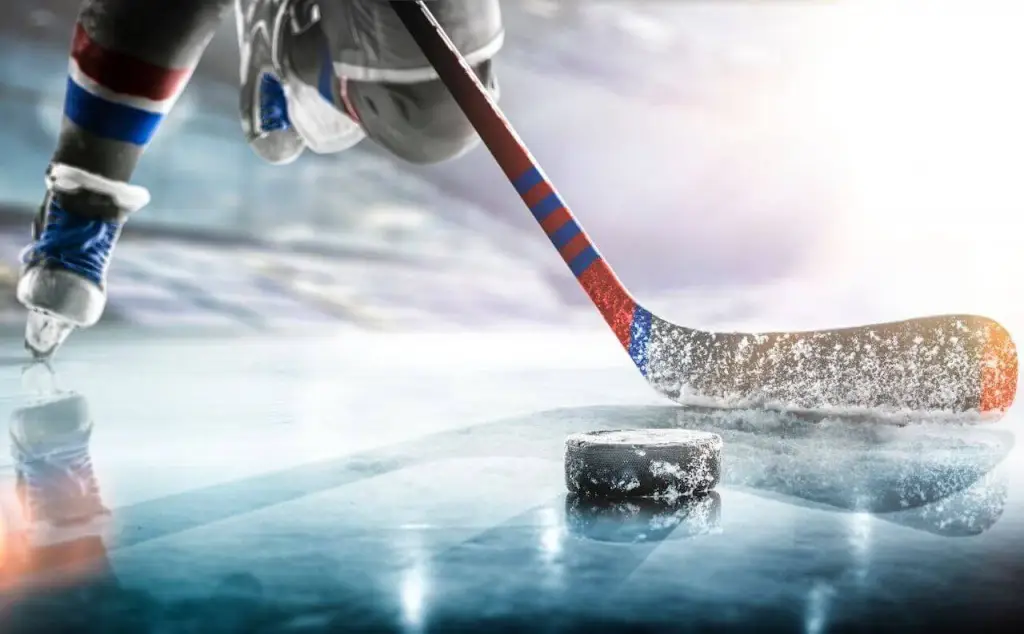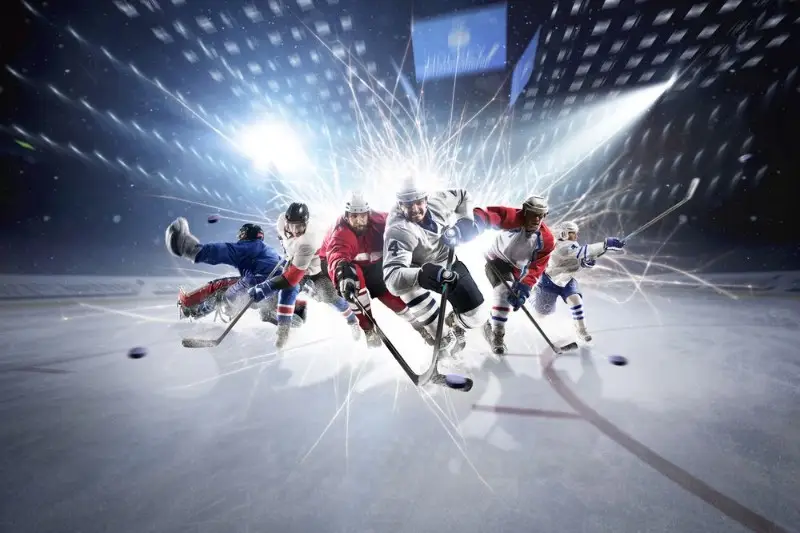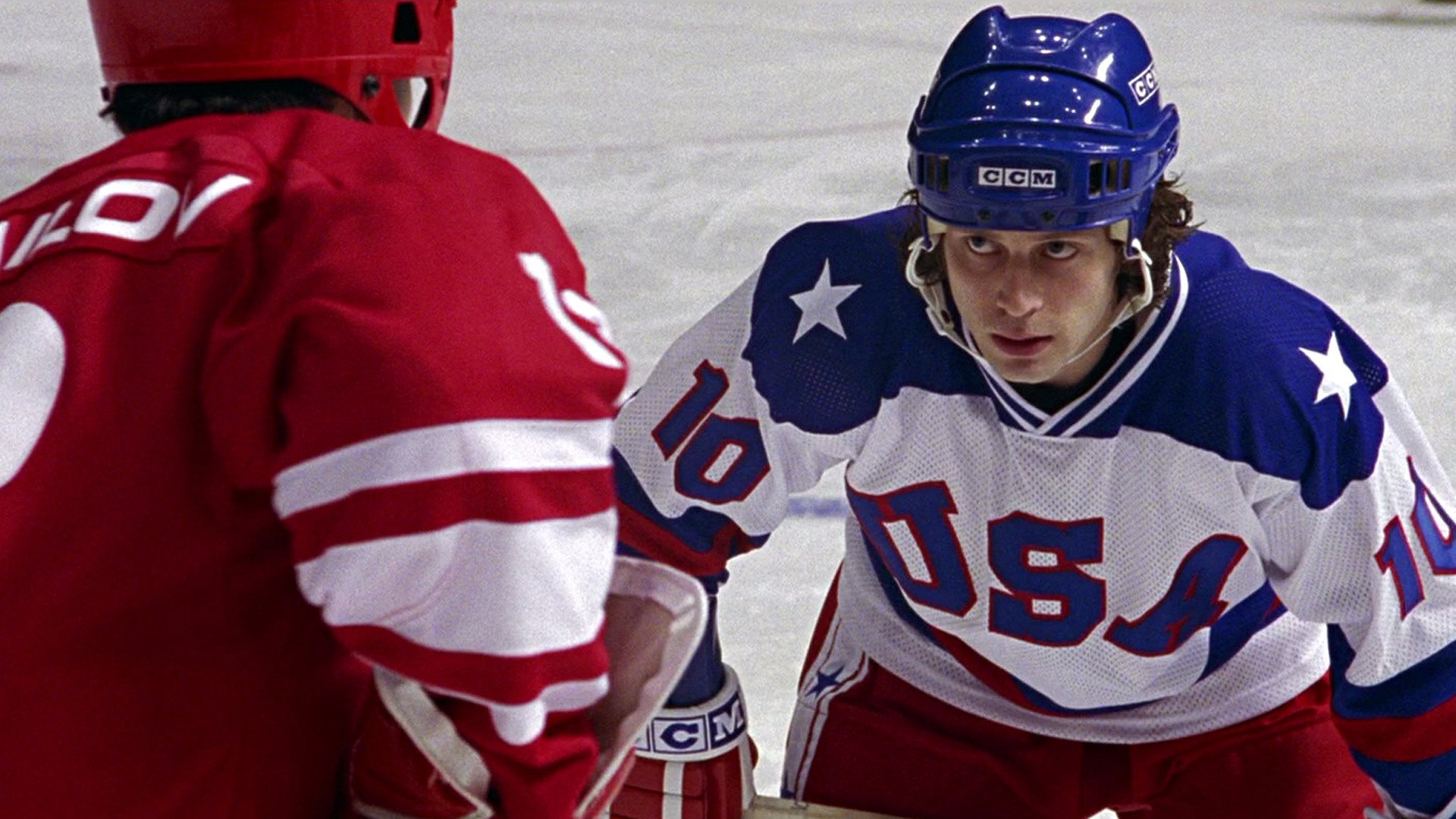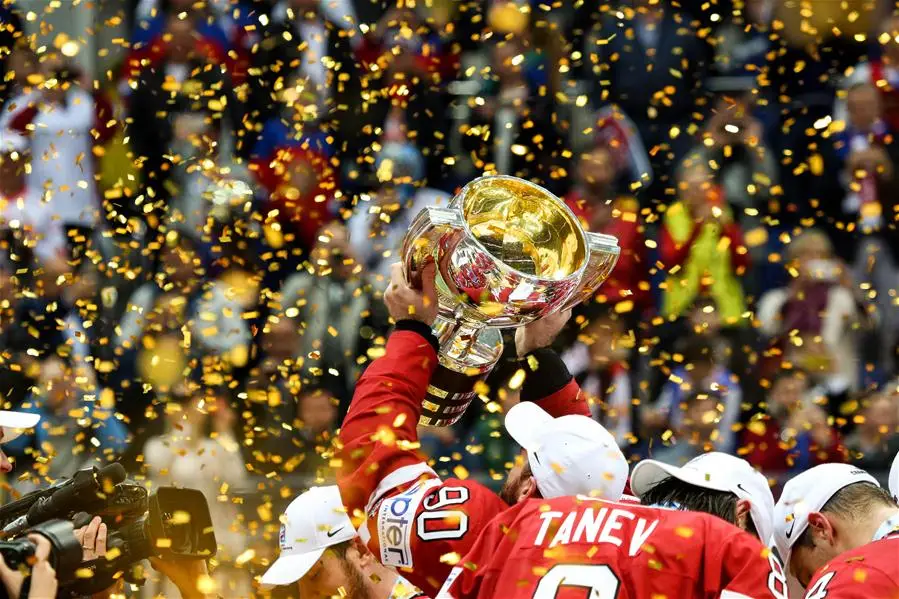Hard physical contact, extreme tension and maximum speed create a unique environment. The game on the ice creates conditions in which collisions lead to emotional outbursts. This is precisely why the question regularly arises as to why fighting is allowed in ice hockey. Controlled physical altercations have become part of the sporting culture and serve as a means of containment, a psychological tactic and an element of entertainment.
History: How the culture of confrontations on the ice came about
The development of ice hockey enforcers began in the North American leagues, where the intensity of the games required unconventional solutions. NHL teams used physical force as a tactical element. As a result, the institution of tough guys emerged – players who specialised in the physical protection of their teammates. Their main task was to intimidate opponents in moments of excessive roughness and to maintain order on the ice.
A classic example of this is the third line in the ‘old’ teams, where fists were valued more than goals scored. These players became leaders in terms of penalty minutes and respect in the locker room. This is how the culture of fighting in ice hockey emerged, where confrontations were no longer the exception but became a special form of interaction.
Referees: Why fighting is allowed in ice hockey
 The game situation involving the referees follows a precisely defined pattern. In the event of conflicts, the referees keep their distance, do not intervene immediately and observe the situation visually. This approach explains why referees do not immediately stop fights in ice hockey games. The main task is to wait until the aggression subsides, prevent third players from getting involved, and prevent sneak attacks.
The game situation involving the referees follows a precisely defined pattern. In the event of conflicts, the referees keep their distance, do not intervene immediately and observe the situation visually. This approach explains why referees do not immediately stop fights in ice hockey games. The main task is to wait until the aggression subsides, prevent third players from getting involved, and prevent sneak attacks.

The intervention formula is triggered in several cases: loss of balance by one of the participants, obvious dominance of one player, involvement of an outsider, use of sticks or helmets as weapons. Only when these conditions are met do the referees intervene, stop the fight, determine the penalty, note the time and determine the degree of fault.
Regulations: Rules and responsibilities
Why is fighting allowed in ice hockey? Disciplinary regulations allow physical conflicts, taking into account the following criteria: mutual consent, compliance with restrictions, termination of the incident within the boundaries. According to the rules, a confrontation is classified as a minor or serious offence depending on its intensity. The main penalty is 5 minutes. The players are sent to the bench without replacement, temporarily creating a 5-on-5 tie. If the conflict crosses the line – blows to the back of the head, gloves not removed, blows with the stick – a disciplinary penalty or suspension until the end of the game is imposed.
When does a conflict begin: logic and triggers
Every altercation has specific reasons. Fights often arise after a rough foul, a blow to the goalkeeper, disputes in the goal area or obvious provocation. Additional triggers include unresolved conflicts from previous games, resentment over underhanded tactics or emotional pressure from coaches.
Players use fistfights as a signal – for their teammates, opponents and spectators. A fight stops the avalanche of rough play, distracts attention and slows down the pace. Such scenes are particularly common in the KHL and NHL, where the tension in the final games reaches a critical level.
Penalties and sanctions: What penalties are imposed?
Responsibility is strictly regulated. Every violation is punished with a specific penalty, which is recorded in the minutes. This demonstrates the technical understanding of why fighting is allowed in ice hockey, but only within certain limits.
Five minutes is the basic penalty for a conflict between two sides. A ten-minute penalty is imposed for involvement in collisions after the whistle, demonstrative aggression or leaving the bench. Disciplinary – for repeated violations, provocations or participation in a fight without a helmet. A suspension until the end of the game is imposed for hits from behind, the use of equipment or hits without resistance.
The behaviour of tafgais: their role in the team and the philosophy behind why fighting is allowed in ice hockey
Tafgai act as insurance against lawlessness. These ice hockey players undergo physical and psychological training, master techniques and can control their aggression. Their task is to identify aggressive opponents, warn them and, if necessary, suppress them. The use of force is carried out within the bounds of logic, without degenerating into a street brawl.
Often, these players shape the fighting spirit of the team and become invisible captains. They are respected, feared, but above all, they are listened to. It is important to understand that tafgai can play hockey; otherwise, the coaches would not keep them on the team.
Classification of penalties in ice hockey for fighting
Types of offences and consequences:
- Minor penalty – 2 minutes. Imposed for provocative actions, physical altercations without fists and rudeness on the bench.
- Major penalty – 5 minutes. Imposed for a classic fight with mutual consent and in accordance with the rules.
- Disciplinary penalty – 10 minutes. Imposed for repeated participation, aggression after the whistle, gestures towards the referees.
- Exclusion until the end of the game – imposed for hitting with the stick, attacks from behind, participation in a mass brawl.
- Match penalty – automatic exclusion, suspension for the next game, fine.
Each violation is recorded in the minutes and noted in the player’s personal card. In the event of repeated violations, sanctions are imposed by the club and the league.
Spectacularity and commercial factor – why fighting is allowed in ice hockey
A confrontation on the ice not only fires up the participants. The fans react stormily: applause, standing up from their seats, emotional outbursts. This format answers the crucial question of why fighting is allowed in ice hockey – because it is part of the show. The leagues benefit from this: TV ratings rise, broadcasts achieve high viewing figures, and the videos are viewed millions of times.

An ice hockey fight is a short episode, but one with a big emotional impact. It highlights character, courage and fighting spirit. For television and marketing, such images have a stronger effect than a goal scored.
Balance between chaos and control
The ice hockey system does not promote violence, but regulates it. Understanding why fighting is allowed in ice hockey lies in the delicate balance between emotional release and discipline. This makes dirty play unnecessary. A player who knows that he must expect a reaction will refrain from underhanded tricks.
The referees act as guarantors, not censors. Controlled aggression promotes fairness, reduces tension and eliminates latent conflicts. Without such a system, the number of dangerous tricks would increase, hidden provocations would become the norm and the injury rate would rise.
Conclusion
 The answer to the question of why fighting is allowed in ice hockey lies not in the acceptance of chaos, but in a conscious strategy. A contact sport that is full of dynamism and risks requires tools to regulate emotions. A fight is a form of communication, a protective mechanism, a warning.
The answer to the question of why fighting is allowed in ice hockey lies not in the acceptance of chaos, but in a conscious strategy. A contact sport that is full of dynamism and risks requires tools to regulate emotions. A fight is a form of communication, a protective mechanism, a warning.
Formalised aggression protects players, punishes provocateurs and creates an unofficial order on the ice. The penalty system, the behaviour of the referees, the roles of the players, the traditions of the NHL and the KHL – all of this forms a unique code in which physical altercations are integrated into the game.
 en
en  de
de  ar
ar  es
es  hi
hi  fr
fr  nl
nl  it
it  pt
pt  el
el 










